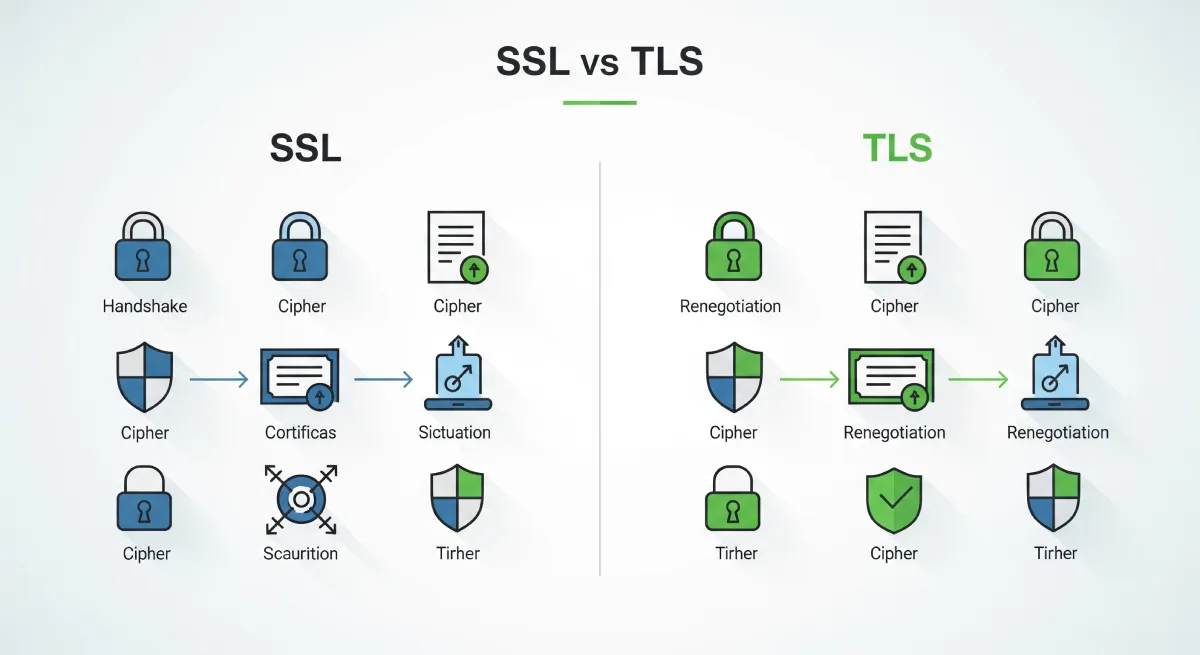In the ever-evolving landscape of programming, the choice between While Loop and Do-While Loop is pivotal for crafting code that not only functions flawlessly but does so with optimal efficiency. As we embark on this journey, we’ll explore the nuances of each loop, shedding light on their strengths and use cases.
Understanding the While Loop
The While Loop serves as a fundamental building block in programming, offering a concise way to iterate through code until a specified condition is no longer met. This loop’s structure is straightforward – it checks the condition before executing the code block. If the condition holds true, the loop continues; otherwise, it terminates.
Use Cases of While Loop
The While Loop finds its strength in scenarios where the number of iterations is uncertain. It’s the go-to choice when iterating through a list, validating user inputs, or implementing real-time event handling.
Decoding the Do-While Loop
On the flip side, the Do-While Loop shares the iterative nature with its While counterpart but distinguishes itself by evaluating the condition after executing the code block. This guarantees the code within the loop runs at least once, providing a unique advantage in certain scenarios.
Advantages of Do-While Loop
The Do-While Loop shines in situations where you want the code to run first and then validate the condition. This proves particularly useful when soliciting user input or initializing variables before checking conditions.
The Battle: While Loop vs. Do-While Loop
Efficiency and Readability
In the quest for efficient code, developers often debate the pros and cons of these loops. While the While Loop may boast a slightly faster execution time due to its pre-condition check, the Do-While Loop’s advantage lies in its readability and guarantee of executing the code block at least once.
Error Handling and User Input
When it comes to error handling and user input validation, the Do-While Loop takes the lead. Its ability to prompt the user for input before evaluating conditions reduces the likelihood of unintended errors, providing a more user-friendly experience.
Best Practices for Optimal Code
To harness the true power of these loops, consider the following best practices:
1. Clear and Descriptive Conditions: Craft conditions that are not only accurate but also easily understandable by other developers.
2. Code Optimization: Regularly review and optimize your code within the loop to ensure peak performance.
3. Contextual Use: Choose between While and Do-While based on the specific requirements of your code, emphasizing readability and efficiency.
Key Difference Between While Loop and Do-While Loop
FAQs:
Q1. When should I choose a While Loop over a Do-While Loop?
Answer: Both loops have their strengths. Use a While Loop when iteration counts are uncertain, and opt for a Do-While Loop when initial execution is paramount.
Q2. Are While and Do-While Loops interchangeable?
Answer: While they share similarities, their unique features make them suitable for different scenarios. It’s crucial to understand their distinctions for effective coding.
Q3. Can I nest While and Do-While Loops?
Answer: Absolutely. Nesting loops is a common practice in programming, allowing developers to tackle complex scenarios and iterate through multi-dimensional data structures.
Q4. What impact does loop choice have on code readability?
Answer: Choosing the right loop enhances code readability. While Loops are concise for dynamic situations, and Do-While Loops provide clarity when initial execution is necessary.
Q5. Are While and Do-While Loops used in all programming languages?
Answer: Yes, While and Do-While Loops are fundamental constructs present in most programming languages, providing developers with versatile tools for efficient code execution.
Q6. How do I avoid infinite loops with While and Do-While?
Answer: Carefully craft exit conditions and thoroughly test your code to ensure it behaves as expected, avoiding unintended infinite loops.
Conclusion
In the While Loop vs. Do-While Loop dilemma, there’s no one-size-fits-all solution. Each has its strengths, and the key lies in understanding their nuances to make informed decisions during the coding process. As you navigate the intricacies of loops, remember that mastering both is the hallmark of a proficient developer.





